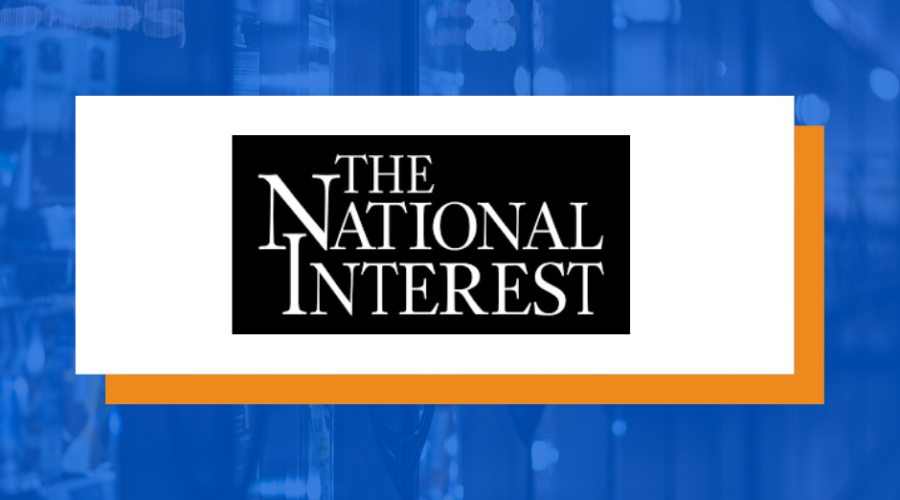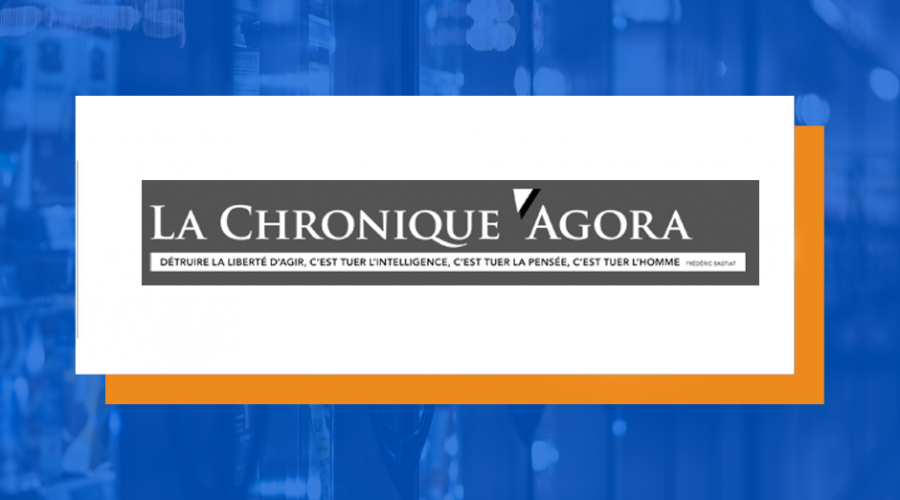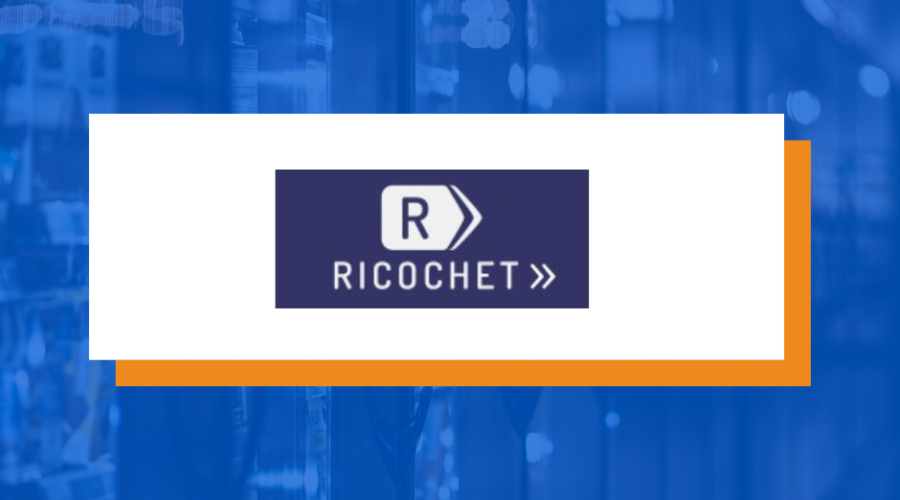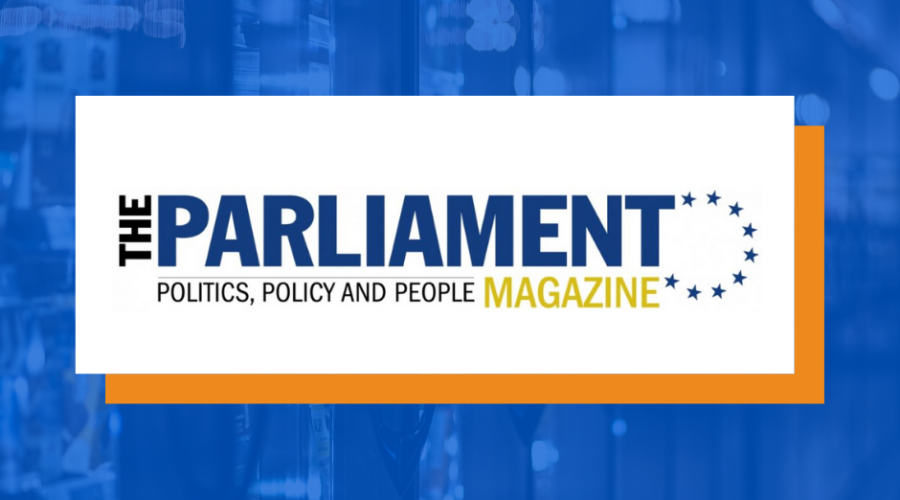Innovation in agriculture can actually drive climate protection
The challenge of food systems around the globe is to address the climate impact of agriculture. Farming accounts for about 11 percent of all greenhouse gas emissions in the United States. Arguably, we could just “stop farming” — as suggested by a recent viral video of an environmental protester on Twitter — but as long as we need to eat to get through the day, our policy solutions need to be more sophisticated than that.
As the federal government moves to divest from fossil fuels in transportation or help upgrade residential homes to improve energy efficiency, which contributions can agriculture realistically make?
House Democrats have expressed the desire to make the 2023 Farm Bill into a climate bill, focusing on the protection of forests, research funding in the effects of climate change, as well as conservation programs for wildlife and soil conservation. Those protections are vital, and many of them have bipartisan support in the farm bill, yet arguably the most effective way in which the U.S. reduces greenhouse gas emissions has been its improvement in efficiency.
Between 1947 and 2017, U.S. total factor productivity growth in agriculture tripled, even though farmers are using less land and personnel. There are a variety of reasons for this, including modern farming equipment, crop protection chemicals, as well as crop genetics. Take no-till farming: reducing tillage means farmers are releasing less carbon dioxide into the atmosphere — a practice made possible by the commercialization of herbicides.
Recently, the USDA hosted the Agricultural Outlook Forum, and as someone who covers food and trade policies in Europe, the mere difference between the approach in Brussels and the one in Washington D.C is remarkable. While Europe is entrenched in a battle over whether genetic engineering in farming should be made legal after over two decades of debate, USDA puts biotechnology front and center in the fight against climate change. USDA’s Agricultural Innovation Agenda emphasizes how new technology enables sustainability and growth, contrary to the European perspective, which seeks to degrow the sector.
In Europe, the “Farm to Fork” strategy of the European Commission hangs in the balance. In 2020, the EU executive announced ambitious plans that would slash pesticides use, increase organic farming, as well as reduce fertilizers and farmland, but the COVID-19 pandemic and the war in Ukraine have caused concern. The strategy and its accompanying legislation keep facing harsh criticism from EU governments, members of the European Parliament, and farmer representatives. Last summer, Dutch farmers protested the government in The Hague for disregarding the needs of livestock farmers in the fight against nitrous oxide emissions. The Dutch government plans on buying farmers out of their profession to cut those emissions, making farmers seem as a problem as opposed to part of the solution. The European model of solving climate change by reducing production has come with an array of perverse effects: if the Netherlands reduces its livestock production capacity but not its demands, it will simply import meat or dairy products from neighboring EU members. Or take the example of Amsterdam Schiphol Airport, which buys neighboring farms to get access to more emissions permits. The unfortunate reality appears to be that Europe is focused on meeting targets on paper without a long-term vision of ensuring social and environmental sustainability at the same time.
The Farm to Fork strategy is stuck in the mud. Eastern European nations feel unjustly targeted in the pesticide reduction ambitions; meanwhile, Italy and France argue over a new mandatory nutrition label, which Rome believes discriminates against the Mediterranean diet. Even the EU’s own farm commissioner Janusz Wojciechowski has voiced criticism against parts of the European Green Deal. Late last year, Wojciechowski threatened to block Dutch farm subsidies to bring attention to the unfair rollout of green policies between East and West.
The different approaches between Europe and the United States have been an issue for a transatlantic trade agreement for many years. Current U.S. Secretary of Agriculture Tom Vilsack probably knows this best. In 2021, he explained to the European Parliament in a virtual appearance that the differences in how Europe and the United States treat crop protection and genetic engineering are an obstacle to the two blocs’ trading. Vilsack saw the Transatlantic Trade and Investment Partnership (TTIP) fail when he served as agriculture secretary under the Obama administration. Europe was unable to agree on the specifics of allowing American imports into its tightly regulated food market, and the subsequent four years under the Trump administration killed all hopes for talks being renewed.
That said, the Biden White House also knows that the tide is turning in Europe. Leaders in Brussels increasingly regret having killed transatlantic trade through its internal disputes, and the EU’s executive is increasingly sympathetic to crop genetics, which caused so much of the trade dispute during TTIP negotiations.
Climate change doesn’t stop at borders, nor should the ambition to improve environmental sustainability. Transatlantic trade, sharing best practices and banking on new technologies are the keys to improving the safety, availability and affordability of food.
Originally published here







